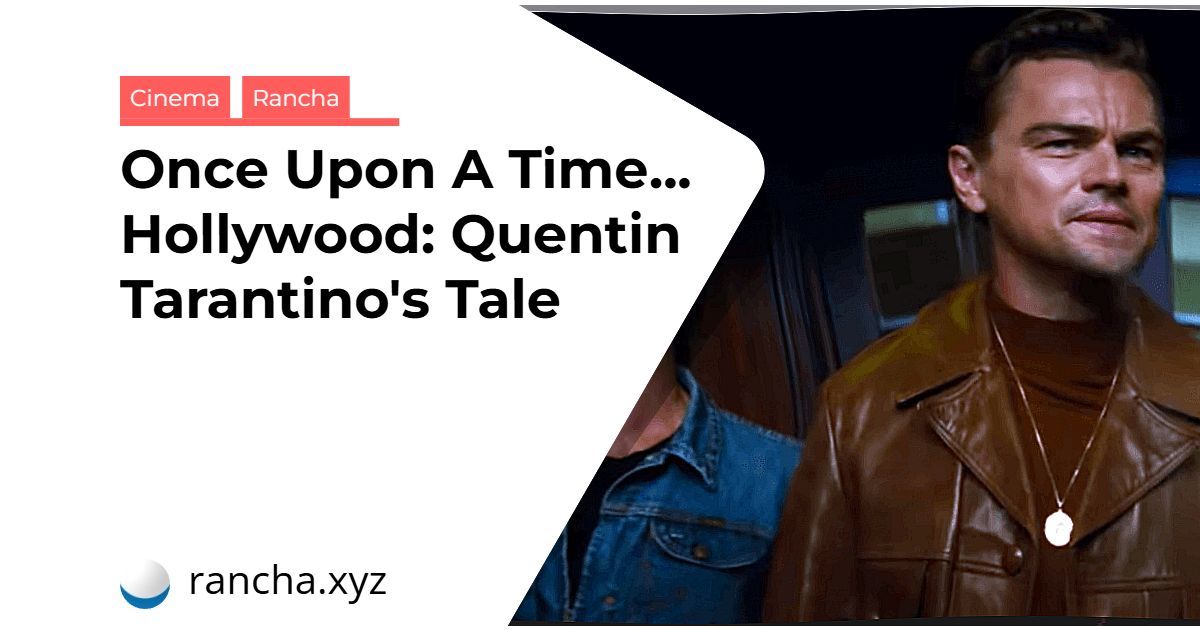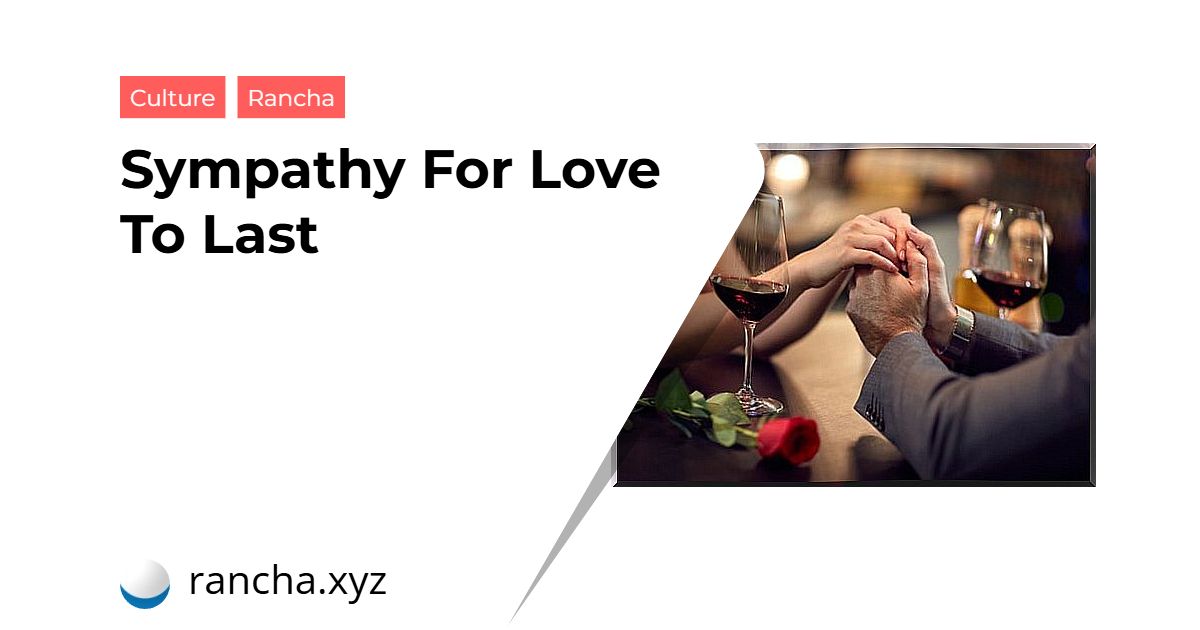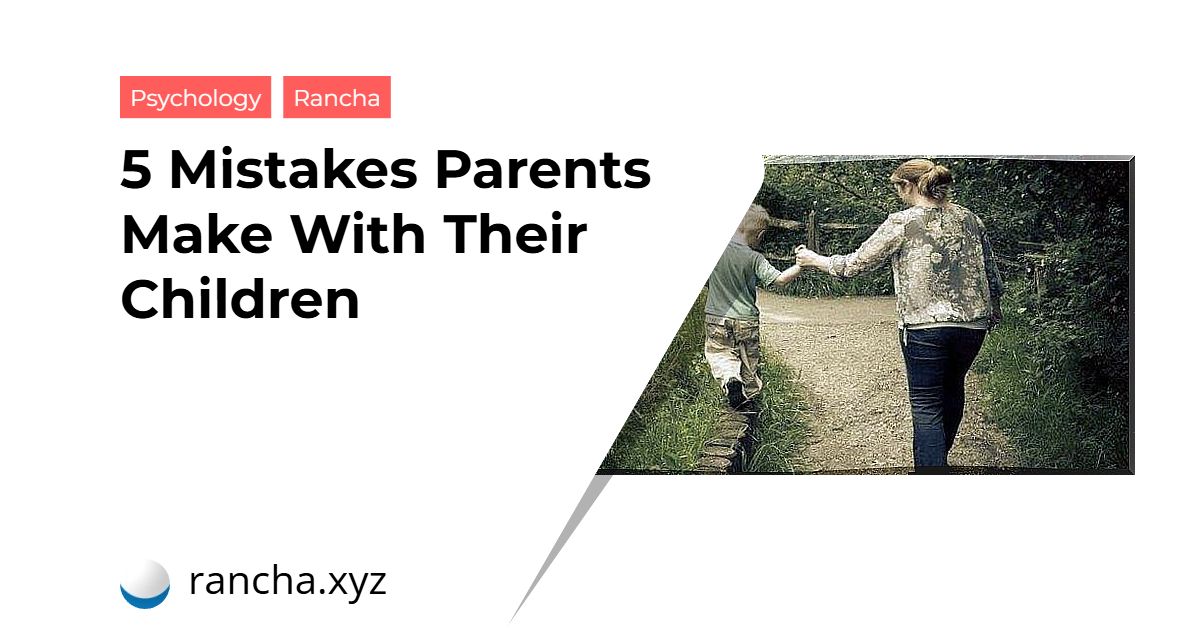Tarantino did it again. In the world of haste and immediacy, he managed to gather a multitude of people in a room for three hours, without looking at his cell phone and without speaking, just for the delight of the cinema. That’s exactly what he gave us, CINEMA with capital letters, with pure love for the seventh art, references and everything that this director loves. Once Upon a Time… Hollywood is the most recent film by the filmmaker who has been recording his identity in the collective imagination for decades.
When an artist, whatever type he is, does what he truly feels, it’s easy to see that. Now, Tarantino has in his possession an audience that is looking forward to his next feature, as well as money to pay for his productions and allow him to do what he really wants.
Regardless of whether this choice is correct or fashionable, Quentin Tarantino recreates himself in his influences, immerses himself in his fetishes and provides us with a different way of rewriting history, reinterpreting everything that once was, but could be, dancing with the most absolute training.
Once Upon a Time… Hollywood demonstrates that not everything has been said, that not all commercial cinema is the same, and that there are still people willing to sit for hours and just let go.
It seems that the film was not made for anyone, but for himself. Therein lies the key to its success, this party in which, unlike its predecessors, tomato sauce has to wait until the end.
Intertextuality as a key
Tarantino learned cinema by watching cinema, with the forgotten and rejected jewels of the seventh art. That’s what he wants to convey to his audience, because even in the dark there can be art.
Since the beginning of his career, he made it clear that he puts in his cinema everything he likes, from music to the bombardment of references as a movie buff, passing through his fetishes.
We can learn cinema by watching a Tarantino film, we can search among spaghetti westerns that are out of fashion and dive into kung fu to end up discovering real diamonds that the most commercial cinema wanted to hide from viewers.
Art goes far beyond fashion, impositions and politics; art must be valued simply as art. If a director we like proposes a film (directly or indirectly), we may end up giving him a chance.
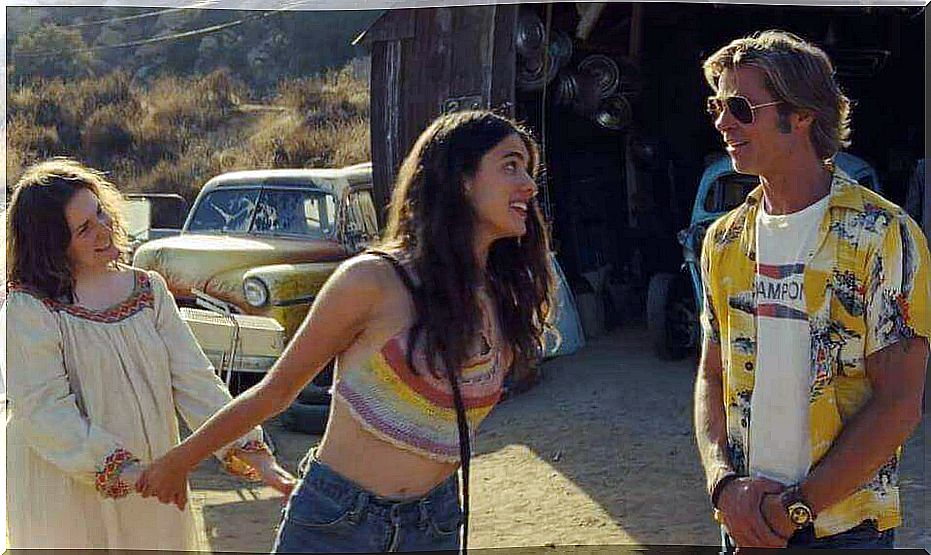
When we saw the trailer for Once Upon a Time in… Hollywood , bewilderment reigned. Even knowing that we liked the filmmaker, even knowing his filmography, we didn’t quite know what to expect.
Would he talk about Charles Manson and the murders perpetrated by the “family”? Was it a fictional story? A tribute to the old glories of the American western who fled to Europe in search of a better role? Yes and no, and a little of everything.
Once upon a time… Hollywood is a come and go of references ; it’s almost impossible to capture them all, and it’s even more interesting to leave the cinema and comment with friends which intertextual elements each one identified. We all grew up in an inherited culture and are more or less predisposed to pick up certain messages.
Following this idea of references, the title itself evokes a filmmaker deeply admired by Tarantino, as he never hid his love for cinema from Sergio Leone.
Leone wrote two “tales” with titles similar to what we commented today: on the one hand, what was his last spaghetti western , Once upon a time in the West ; on the other, what would be the great American experience of the Italian, Once upon a time in America , the long-running film that the dreamed United States could not appreciate.
The nostalgic element is present from the first sequences. The idealized Hollywood turns out to be an inhospitable environment in which actors need to conform to what comes at a certain age. A grotesque fable, improbable and real at the same time, which ends up showing the most bitter face of the film industry.
All of this takes place in the midst of a well-known and tragic element: the murder of Sharon Tate, who is presented as a young woman full of life who seeks to delight in her audience while smilingly watching one of her films.
We viewers know his tragic fate and inevitably sympathize with and empathize with his gaze, but also with that of an actor who could be a Clint Eastwood, who suffered the consequences of his maturity, and of an industry that struggled. in labeling it without giving it the opportunity to shine.
Nostalgia emanates from every corner of the canvas, the memory of a glorious time, but tormented by hardness, mixes with Tarantino’s reverie, with his idea of “telling in another way what could have happened”. There is also no lack of irony, nor the choreographic violence characteristic of his cinema; a pathetic violence, beautiful and entertained in equal parts.
At times, it seems that we are seeing two movies simultaneously, two truths or two lies that end up coming together in a surprising, laughable and, at the same time, scary ending.
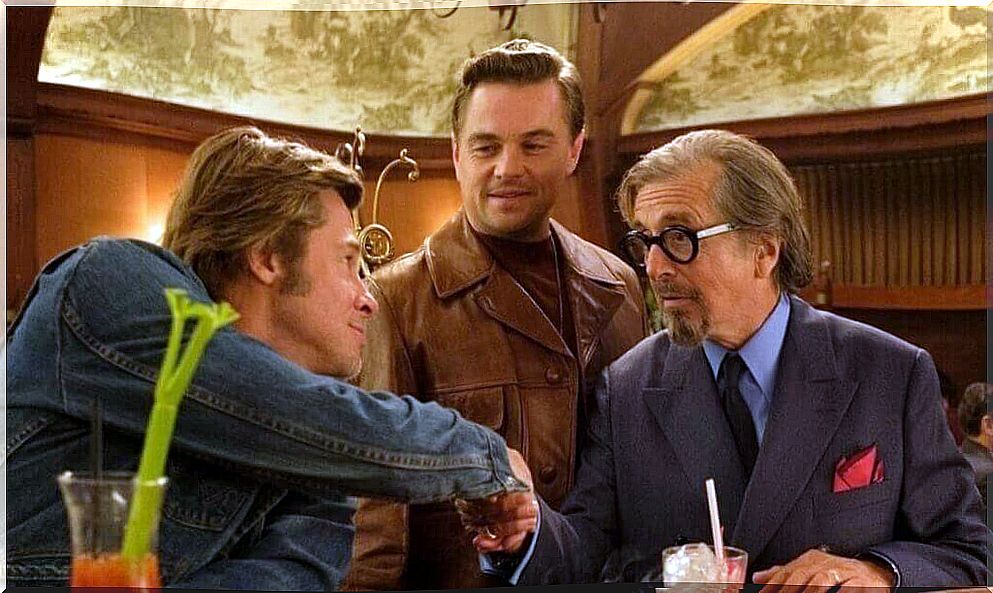
Once Upon a Time in… Hollywood , Tarantino’s Tale
WARNING: From this moment on, the article may contain spoilers
Tarantino offers us a tale of the Hollywood of the past, of a place where dreams come true but also disappear like smoke with ease. The story of real characters is mixed with that of the fictional ones, although they could also have belonged to reality.
In fact, Once Upon a Time… Hollywood plays with our knowledge of the time, immerses us in streets flooded with vehicles from the past and introduces us to young people from Charles Manson’s “family” through an easily recognizable song, I’ll never say never to always .
However, do we really expect to see Sharon Tate’s tragic ending in a Tarantino movie? No, definitely not. That’s not the kind of violence the director appreciates, it’s not the aesthetic violence, entertained and softened by the music we’re used to.
Although Sharon Tate is not one of the most fundamental characters in the film, the truth is that the filmmaker plays with blocking and composition so that our gaze is directed, at all times, to her.
For example, he dresses her in yellow at a crowded party, his camera moves so that our attention is focused on the young woman, forces us to empathize with her and get to know her without many words.
We got to know Sharon through the opinions of other characters and her way of interacting with her surroundings. Would he really introduce us to a character so tenderly to show us the most terrifying of endings? Of course not, and if we pay close attention, the beginning of the film Tarantino already reveals its ending.
Thanks to a scene directly reminiscent of one of his previous films, Inglourious Bastards , viewers can, without much difficulty, anticipate the ending. What did he do to Inglourious Bastards ? He rewrote history, avenged a dark episode in the past, and ended up murdering Adolf Hitler himself.
So this reference from the beginning connects us directly with what we’re going to see in Once Upon a Time… Hollywood. No, we are not going to see raw, tragic and painful violence, but fun violence, a dance of blood, flames and action.
Stories that, apparently, are distant, but connect in an eclectic ending. Thoroughly thought out details and constant jokes, everything is possible in Tarantino’s cinema, and Once Upon a Time… Hollywood thus becomes a tribute to cinema, to the seventh art, and a demonstration of its ability to tell stories, satirize life , laugh at everything and especially have fun.
Tomato sauce is waiting, but it presents itself as a catharsis, as a release to our consciousness, as an “this is how things should have happened”.
 rancha.xyz Be free to choose their own route to self-knowledge, health and balance of body and soul.
rancha.xyz Be free to choose their own route to self-knowledge, health and balance of body and soul.
